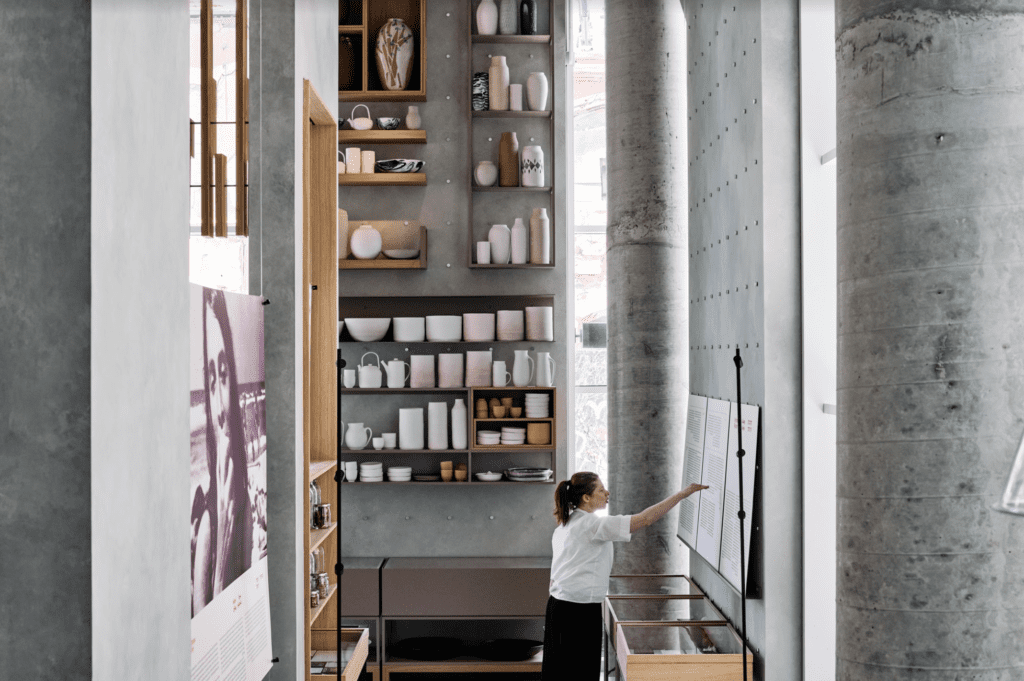
The Asif Gallery’s aim is to broaden the local culinary conversation. Rotating exhibitions will explore the intersection of food and society, fashion, history, and more. Our inaugural exhibition, curated by acclaimed food writer Ronit Vered, explores the kitchen of Israel’s late First Lady and culinary icon Nechama Rivlin. Join us for a tour of Asif and the gallery in Tel Aviv and enjoy the digital exhibition below.
A Kitchen of One’s Own: Nechama Rivlin
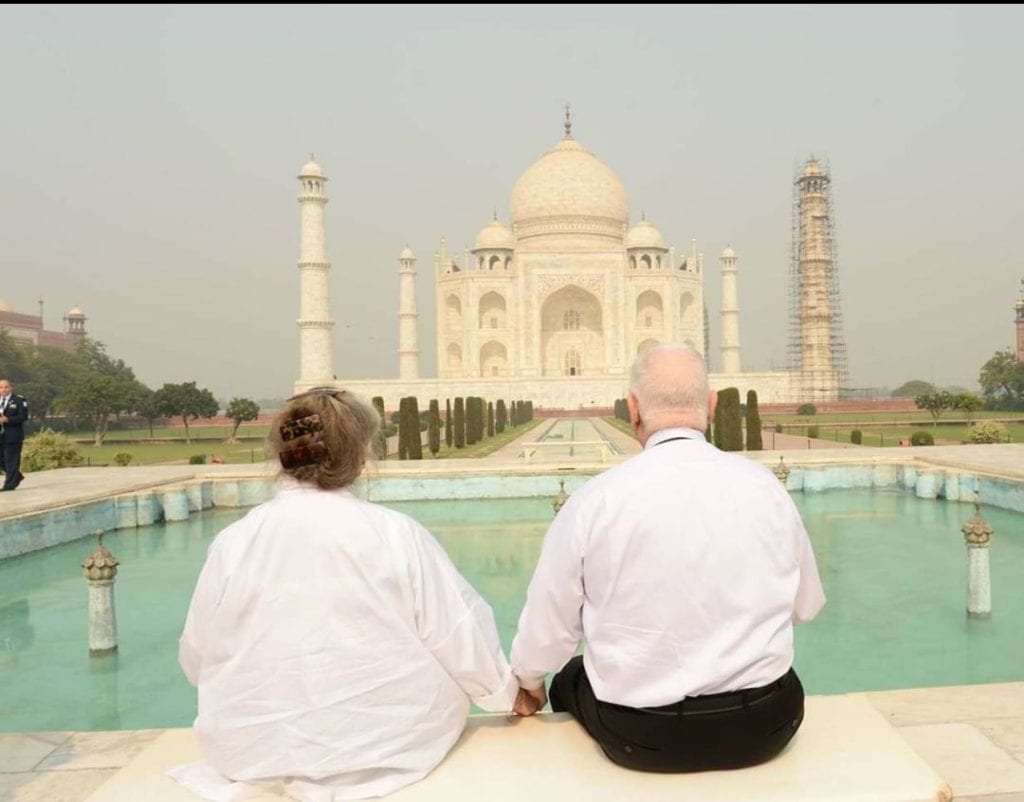
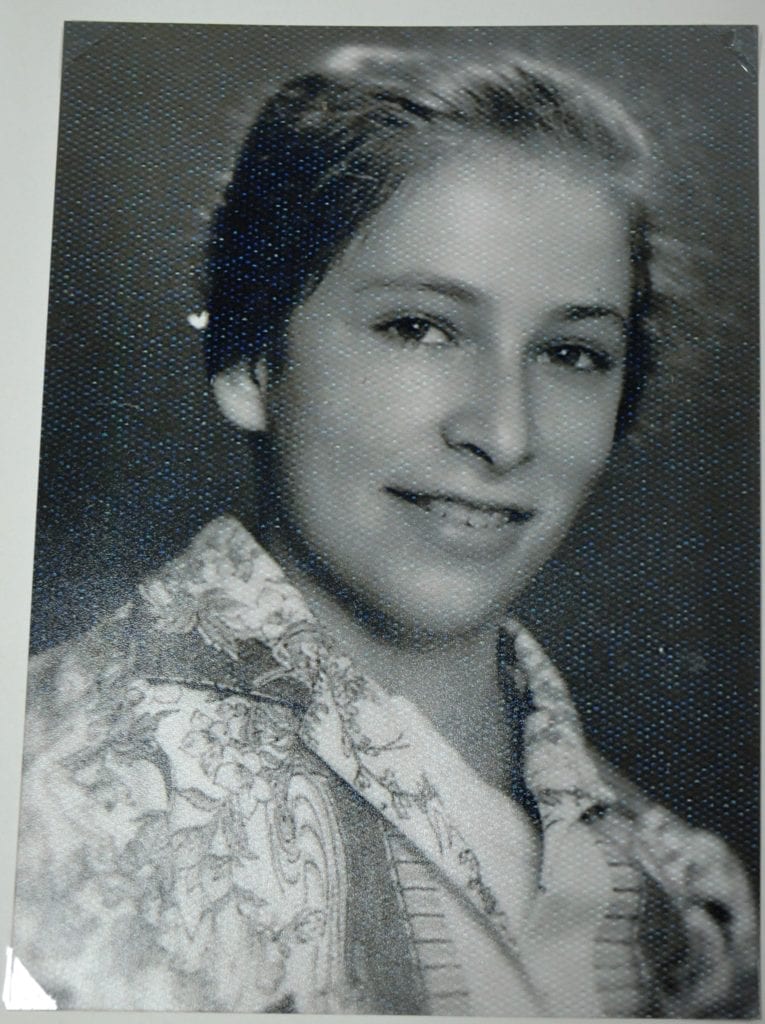
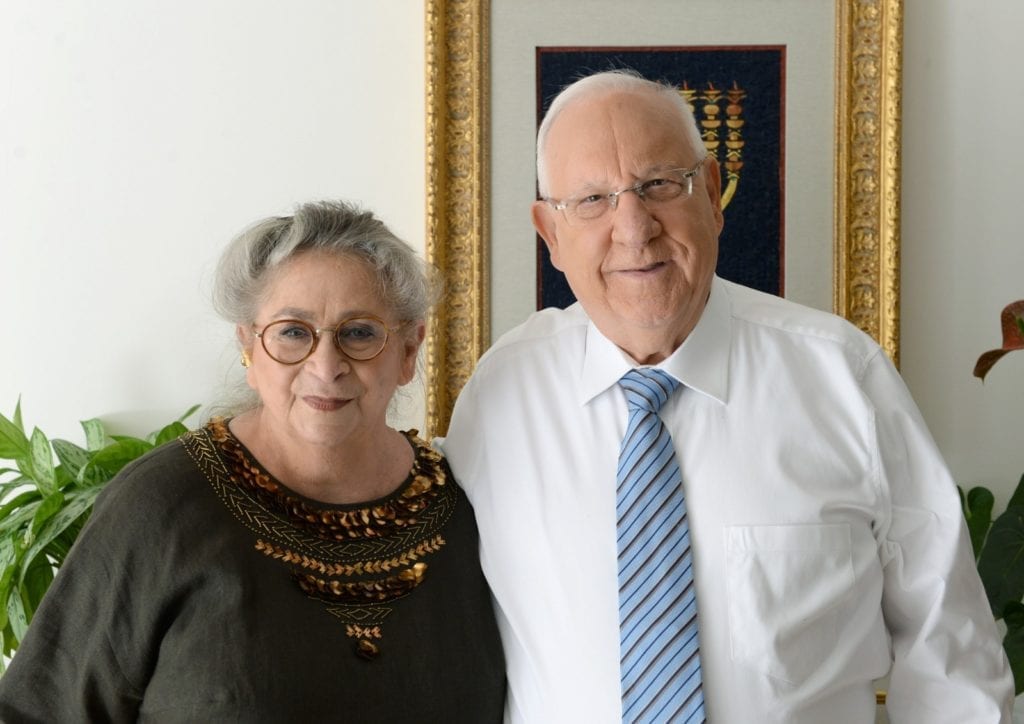
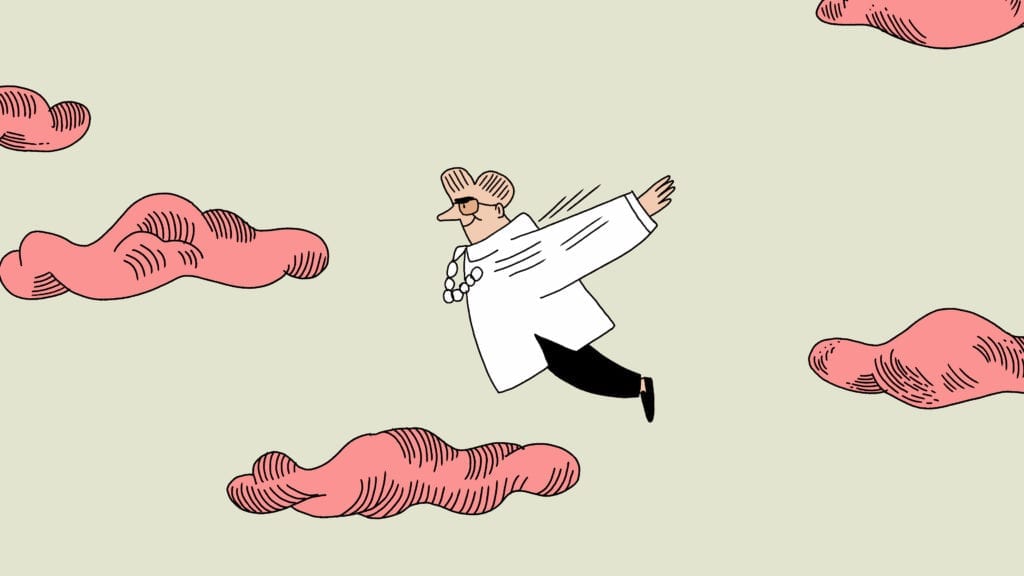
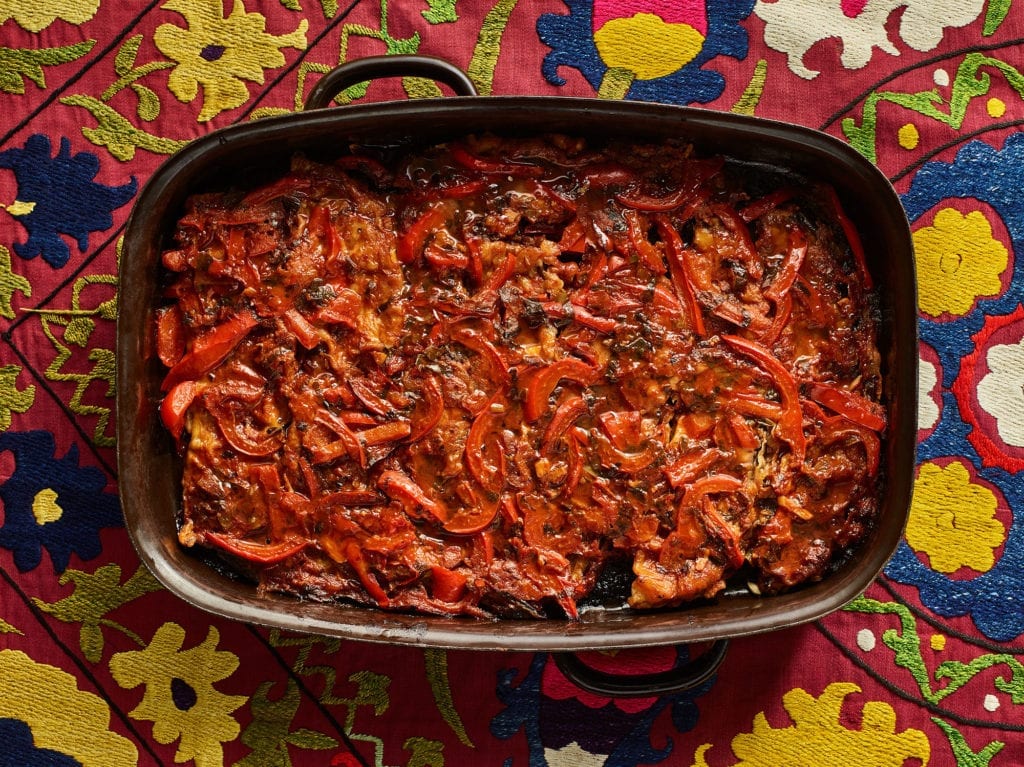
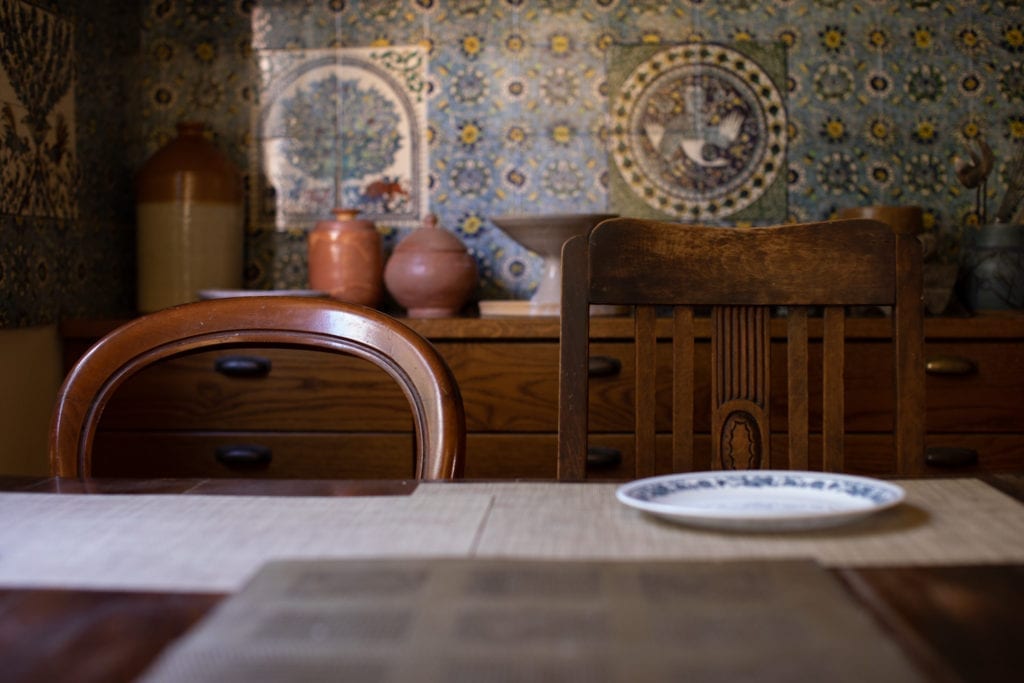
Nechama Rivlin’s kitchen, like her life story, reflects the narrative of Israel’s diverse society. She was born in Moshav Herut in the Sharon region, the second-generation of a family of farmers and citrus growers whose roots lie in Eastern Europe. Throughout her life, she never lost touch with the soil and the changing seasons. As an adult, she chose to live in Jerusalem, where Jews, Muslims, and Christians have lived alongside each other for thousands of years, and where Ashkenazi and Sephardi Jewish communities reunited. Here, she married Reuven Rivlin, whose ancestors came to Jerusalem in the 19th century with the students of the Vilna Gaon. For Nechama, recording recipes was part of an effort to study the diverse influences that shaped the contemporary food culture of a young nation of immigrants, located on ancient land that is rich in history and unending conflicts.
Curator’s Note
Nechama Rivlin (1945-2019), the late wife of the tenth President of Israel, loved food with a passion. She was an excellent cook and baker, but food — like botany, dance, Hebrew literature, art, and other spheres that captivated her — also offered her a window through which she observed the world with curiosity, learning about human nature and the environment.
For Rivlin, the kitchen was “a room of one’s own,” an autonomous and intimate space for research and creativity. For her, housework — the traditional tasks women were forced to assume — was performed in parallel with her work at the Institute for Life Sciences at
the Hebrew University of Jerusalem, and later alongside her official role as Israel’s First Lady. Cooking and baking were the ways in which she imparted warmth and nurtured her loved ones, physically and metaphysically. It was also a means through which she explored the world, scientifically and methodically, seeking beauty and sensual delights in every realm.
Read a personal essay by Nechama Rivlin’s daughter Anat on the Asif Journal.
Nechama’s Recipe box
The recipes Nechama Rivlin left behind were written over decades on simple index cards — the kind found in every home, library, and laboratory — and stored in assorted boxes and improvised containers. Several of the cards have yellowed with age and are marked with cooking stains. Many of them note the recipe’s source — the name of the newspaper it appeared in, or the friend who gave her a cake recipe, and later, the names of well-known chefs from Israel and elsewhere.
The collection of recipes reflects the impact of historical and economic processes on the everyday life of Israelis, from the austerity period in the 1950s to the economic boom and growth of the global consumer culture in later decades. It allows us a close look at the dishes that ultimately joined the contemporary Israeli culinary canon. We can see the impact of local Palestinian cuisine and inspiration drawn from the kitchens of different Jewish
communities that would become integral to the home cooking of scores of Israelis, from every religion and socio-economic status.
Looking through the recipes, several themes emerge. The Jerusalem kitchen, citrus, and the use of herbs were all close to Nechama’s heart and became integral parts of her kitchen.
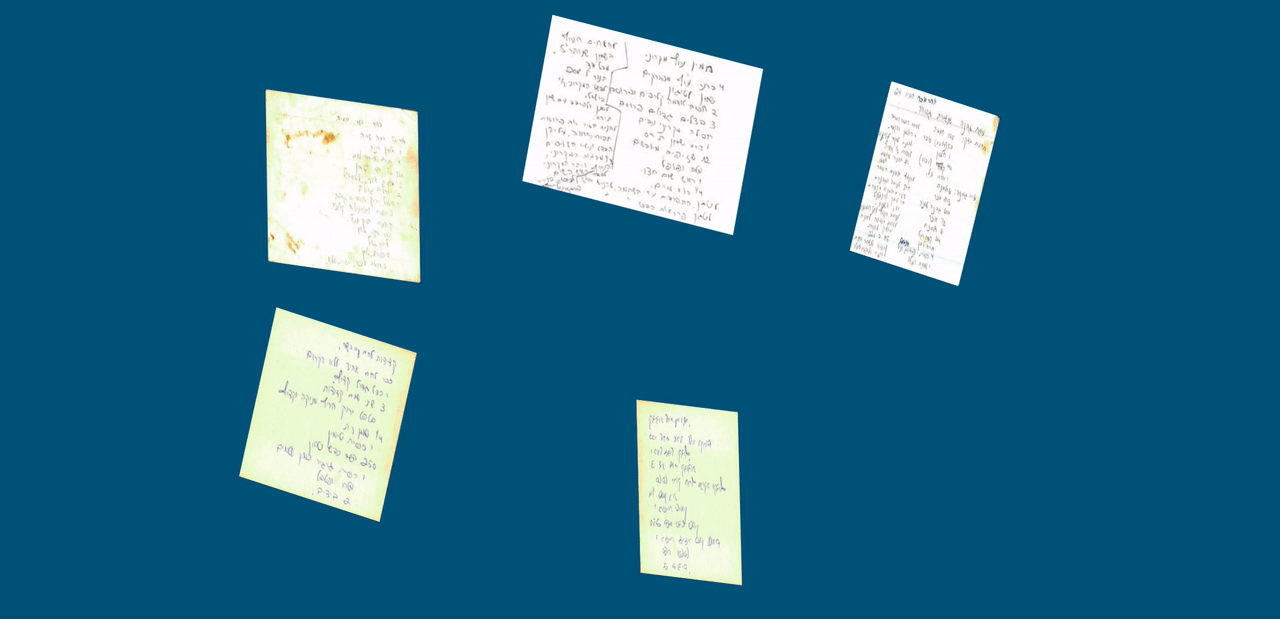
One to Four
Born in a rural community, Nechama Rivlin continued to observe the natural world throughout her life, even when she lived in a Jerusalem apartment block. She grew decorative plants, herbs, and other spices in pots to which she attached test tubes of sugar water, punctured with a fine needle, to feed the sunbirds. The tiny songbirds would sip the flowers’ nectar and perform their courting dance, delighting her heart. When she relocated to the official residence of the President, designed by architect Abba Elhanani, she continued welcoming the songbirds in its inner courtyard, decorated with Armenian ceramic tiles created by the artist Marie Balian.
Narration: Nechama Rivlin | Video: Roni Fahima, Avshalom Pollak | Original Music: Umitaro Abe | Rehearsal Director: Michal Almogi | Dancers: Zvi Fishzon, Noga Harmrlin, Noa Hahn, Mats Van Rossum, Shahar Hanin, Ahinoam Chai, Shay Kukui, Rebecca Laufer, Marta-Luiza Jankowska, Tamir Golan | Recording: Anat Rivlin & Naomi Toledano
Hallmarks Of Nechama’s Kitchen
Citrus
For 21st century Israelis, nothing’s more natural than spritzing lemon juice onto a salad, drinking freshly squeezed orange juice in winter, or peeling juicy clementines. Citrus has become an integral part of Middle Eastern kitchens, even though its origin lies in Southeast Asia. Originally, there were just a handful of species. Today the large and diverse citrus family is dispersed worldwide, but the Middle East has an honorable place in its riveting historic and culinary journey.

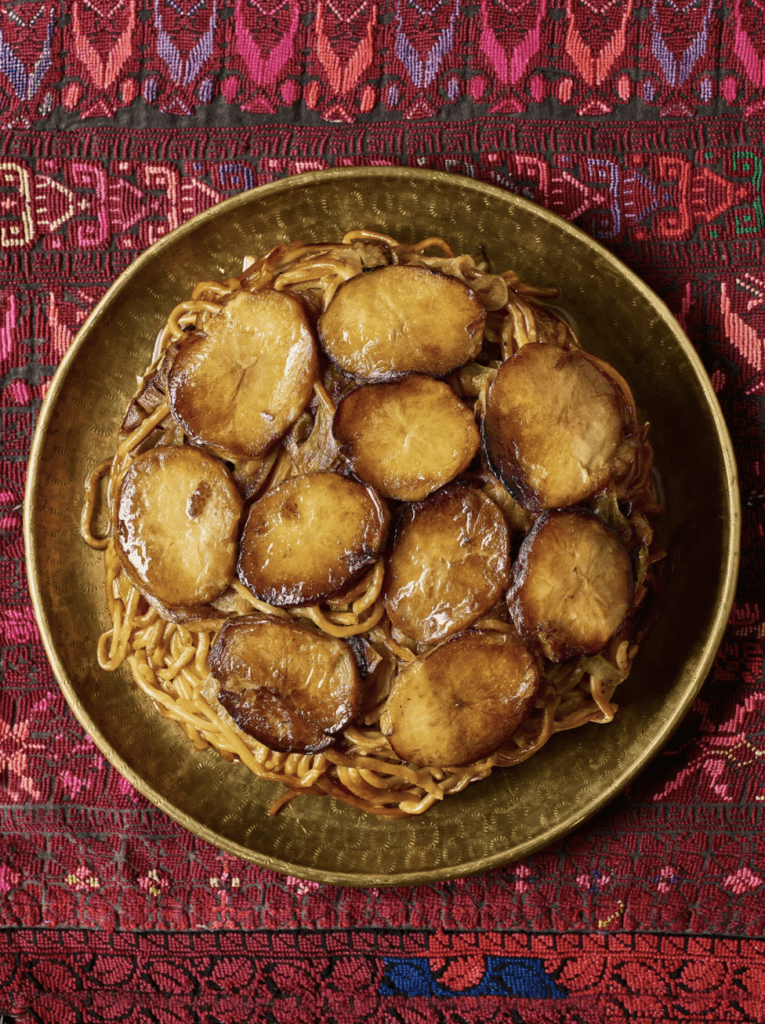
Jewish Jerusalem Cuisine
Every kitchen is dynamic, constantly morphing and adapting to time, circumstances, and place. Jerusalem’s Jewish kitchen is one of migrants. It features a diversity of dishes from disparate origins that encountered local traditions and ingredients.
Jerusalem’s central status in the endeavors, dreams, and lives of Jews, Christians, and Muslims has made it a lodestone for generations. This is mirrored in the city’s rich culinary history. Each ethnic and religious community that arrived in Jerusalem brought with it the culinary traditions and cuisine of their region and heritage.
Herbs
Nechama Rivlin was a dedicated herb grower — in pots on her window sills and backyard — and made great use of their leaves, fresh and dried, in her kitchen.
When we say za’atar, sage, basil, rosemary, and oregano we tend to think of a single representative plant, but each species has a generic name with hundreds of subspecies, distinct from each other in their appearance, taste, and fragrance. Some of them developed over time to adhere to the soil and climate conditions in different regions of Israel and the Middle East. Others were nurtured by local researchers. Biological differences in the plants are also evident in the stories of people, places, and cultures that once existed in the region and those which still do.
The herb garden planted on the roof of Asif, a joint venture with professor Nativ Dudai and the Volcani Institute, is a tribute to the organic community garden that Nechama Rivlin planted and tended in the courtyard of the President’s Residence. During the exhibition, the center will host activities aimed at introducing the range of herb species to the general public and the professional culinary community.
Read about the herbs growing on Asif’s rooftop.

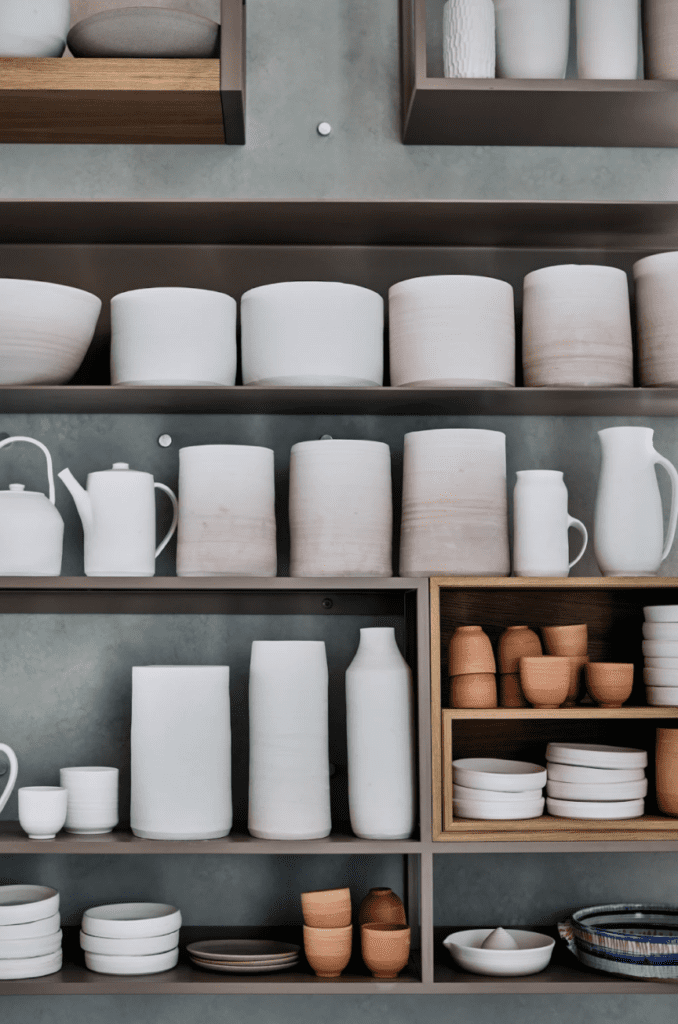
Ceramics
Among the collection of kitchen items that Nechama Rivlin left behind are numerous pieces of pottery created in small workshops and the ceramics factories that functioned locally from the years before statehood until the 1990s. Those pieces — like the recipe index cards, cookbooks, and kitchen accessories — were integral to the constant clutter that prevailed in Nechama’s kitchen. She knew exactly where each and every item was.
“Organized Clutter,” the installation by Gur Inbar, a ceramics graduate of Bezalel, was inspired by Nechama’s kitchen and is a tribute to the golden age of Israeli ceramics. It contains 300 different pieces, designed with a potter’s wheel and set out on a 5.7 meter high wall. On the top shelves, as in almost every Israeli home kitchen, are the best dishes, those not in regular use while the lower shelves showcase pieces simulating ones in everyday use.
or